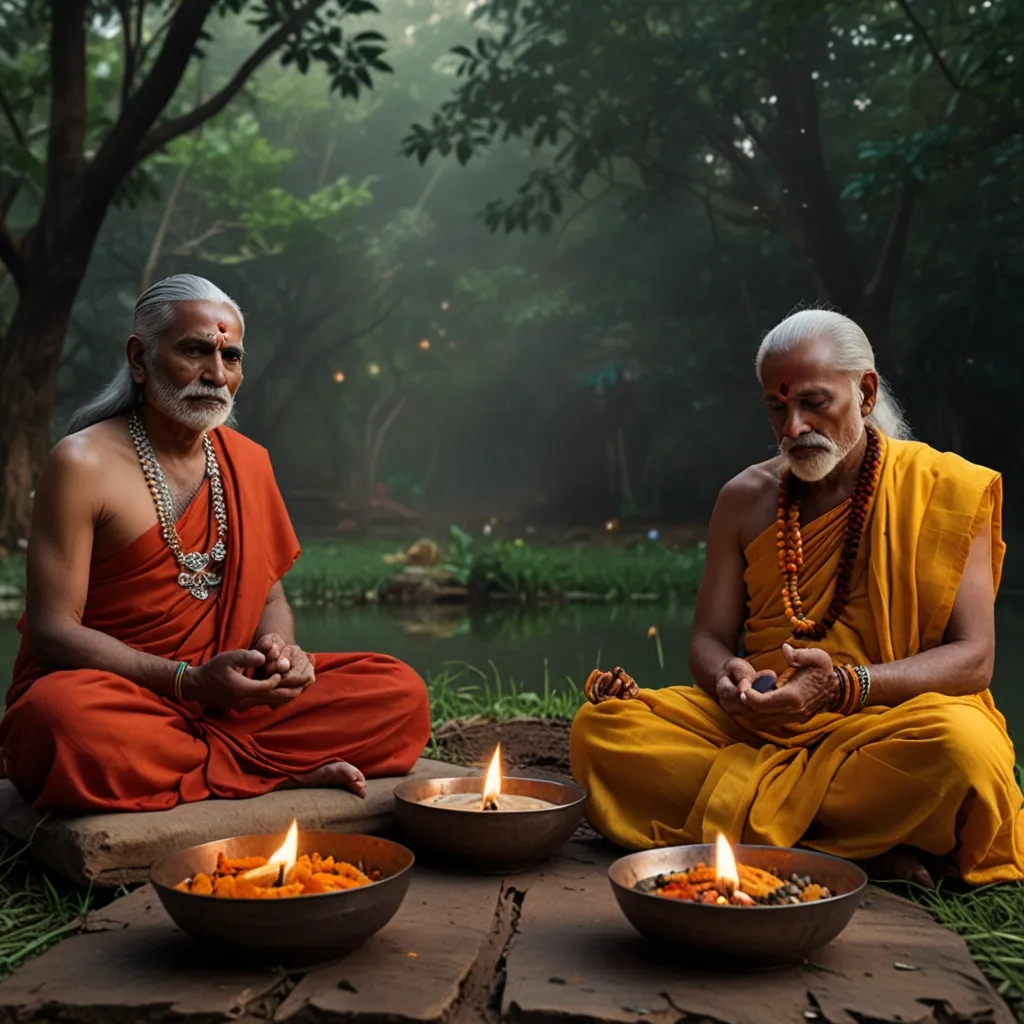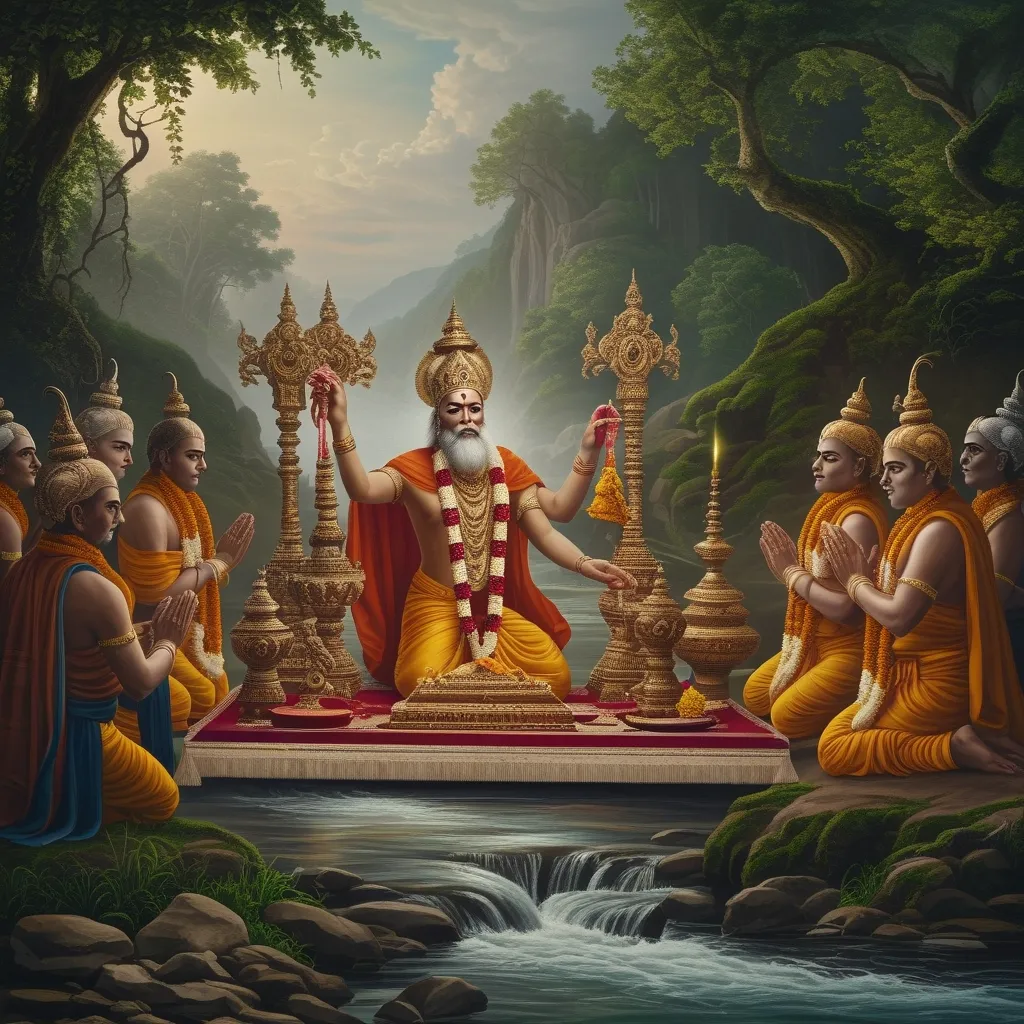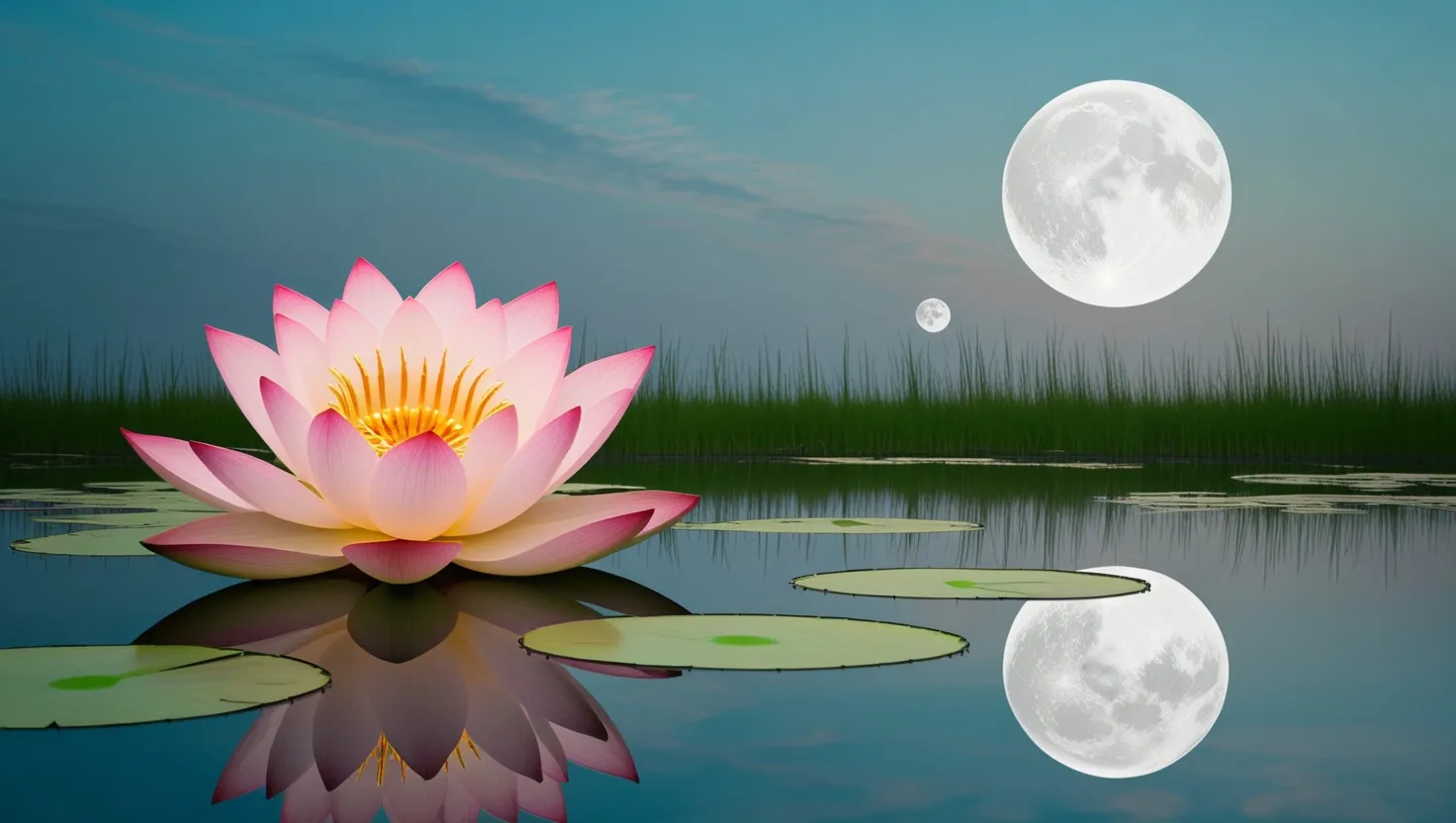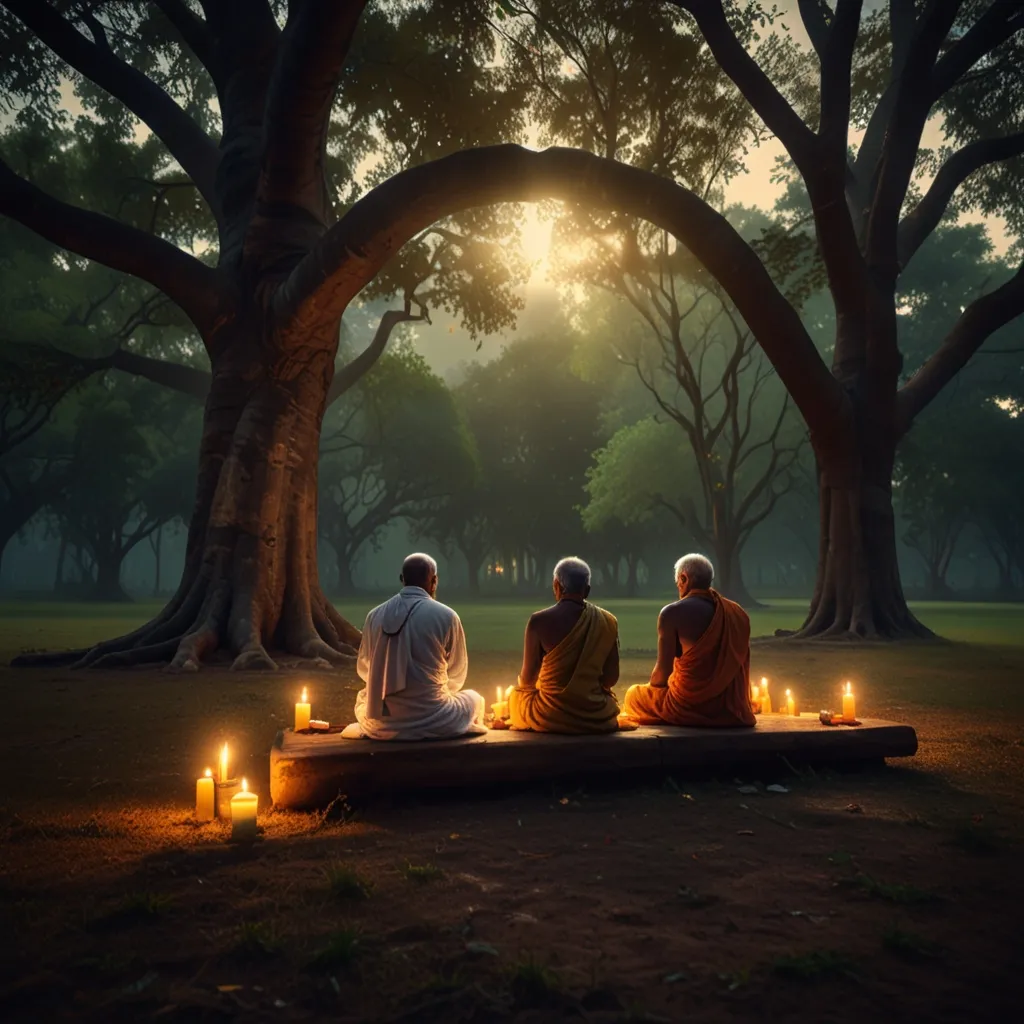Indian classical dance isn’t just about graceful movements and vibrant costumes. It’s like a time machine that takes you back to the ancient Vedic era, a period that’s integral to understanding why these dance forms are much more than just performances.
The Vedic period, spanning thousands of years, lays the groundwork for many classical dances we witness today. This time is significant because the Vedas, which are the oldest Hindu scriptures, mentioned dance as a way to connect with the divine. From invoking natural forces to celebrating gods, dance wasn’t merely for entertainment—it was a solemn act of worship.
During these early times, the word “Nritya” or dance frequently pops up in the Vedas. It indicated how deeply ingrained dance was in social and religious activities. Picture it: communities coming together, dancing not for applause but as an offering to the gods. This was the foundation that set the stage, literally and figuratively, for what we now embrace as classical Indian dance.
A real game-changer for classical dance was the Natyashastra, a text attributed to the sage Bharata. This ancient manual, dating back to around 200 BCE to 200 CE, isn’t just a book; it’s a bible for performing arts. Think of it as a thick, ancient “how-to” guide that covers dance, music, and acting. It’s the rulebook that outlined the techniques and aesthetics, creating a unified language for Indian classical dance. Whether it’s the delicate hand gestures or complicated footwork, these are all mapped out in the Natyashastra.
The core of Indian classical dance lies in its ability to tell stories, especially from Hindu mythology. Imagine dancers not just on a stage, but in temples, enacting tales of gods and goddesses. Each movement, each facial expression, tells a part of a story that connects the earthly with the divine. Dances such as Bharatanatyam, Kathak, and Odissi thrive on these narratives. So, while it’s easy to get lost in the beauty of the performances, there’s always a deeper layer of spiritual storytelling happening.
The Bhakti Movement, which emerged later, played a big role in cementing dance’s place in spiritual life. This movement focused on devotional worship through art, including dance, and it birthed new forms and solidified the old ones. During this time, intricate footwork, expressive gestures, and dramatic storytelling became the norm. The goal was always the same: conveying mythological stories to foster a deep spiritual connection.
Indian classical dance is not a monolith. There are eight recognized forms, each with its distinct style and origin. Bharatanatyam, hailing from Tamil Nadu, captivates with its rhythmic complexity and spiritual themes. Kathakali, from Kerala, stands out with its elaborate makeup and theatrical storytelling. Odissi, from Odisha, mesmerizes with its dance moves that seem to bring temple sculptures to life. Each form is a regional tribute to the vast diversity within the country.
The glue holding all of this together is the guru-shishya parampara, or the teacher-disciple tradition. This isn’t your typical mentor-student relationship. It’s a lifelong commitment where the guru imparts not just the technical aspects of dance but its spiritual and cultural depths. This close-knit bond ensures that the essence of the dance form is preserved and passed down through generations, keeping the tradition alive and relevant.
Emotion and expression, or Rasa and Bhava in classical terms, are what make these dances resonate so deeply with audiences. When a dancer performs, they aim to evoke specific emotions. Whether it’s joy, sorrow, anger, or devotion, these emotions are portrayed through a combination of gestures and facial expressions. It’s a visceral connection that can make the audience feel like they’re a part of something larger than life. The dance becomes a shared experience, pulling everyone into a web of collective consciousness and spirituality.
What’s fascinating is that while all these dances have a common root in the Natyashastra, their regional variations add another layer to their richness. Bharatanatyam will always remind you of the culture of Tamil Nadu, while Kathakali is shaped by the traditions of Kerala. This variety within unity makes Indian classical dance a vibrant mix of different cultural expressions, each unique yet interconnected.
Indian classical dance has an incredible way of staying true to its roots while still evolving. Despite its ancient origins, the art form isn’t stuck in the past. Dancers and choreographers continually find innovative ways to adapt and incorporate Indian mythology into modern contexts. This ensures that the timeless stories told through dance remain relevant, not just to Indian audiences but to global ones as well.
Beyond its artistic appeal, Indian classical dance is a deeply spiritual practice. Many of these dances are regarded as forms of worship. Dancers often embody mythological characters or deities, serving as vessels for divine energy. It’s a transformative experience that blurs the lines between the earthly and the divine. When you watch a performance, you’re not just seeing a dance. You’re witnessing a sacred ritual that connects the heavens with the earth.
Dance also plays a pivotal role in preserving and transmitting cultural identity. Over the ages, it has been a medium for passing down stories, values, and traditions. This continuity ensures that the rich tapestry of Indian mythology remains an integral part of the country’s heritage. It’s fascinating how, despite the passage of time, these ancient stories and dances remain vividly alive, linking the past with the present.
The influence of Indian classical dance isn’t confined to India alone. These dance forms have crossed borders and resonated with global audiences. Whether it’s Bharatanatyam performances in the West or Kathakali in Southeast Asia, the world appreciates these art forms for their beauty, spirituality, and depth. It’s a testament to how Indian classical dance has become a global symbol of cultural richness.
In essence, Indian classical dance is a beautiful, multifaceted gem with Vedic influences that run deep. From its sacred origins to its structured codification in the Natyashastra, it has evolved into a complex, yet profoundly spiritual art form. Its rich tapestries of mythology, spirituality, and cultural heritage ensure it doesn’t just survive but thrives. As we witness these performances today, we’re partaking in a tradition that bridges centuries and cultures, connecting us to a profound spiritual legacy.






